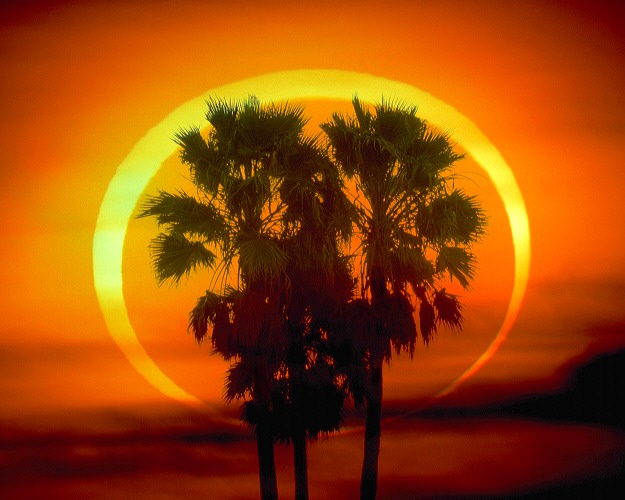
Total Solar Eclipse 2009 photos , live , pictures , path
The path of totality At sunrise on July 22, 2009, (the evening of July 21 PDT), the moon’s umbra—the cone-shaped part of the moon’s shadow—will fall on India’s Gulf of Khambhat. The shadow will sweep across Asia and the South Pacific before leaving the earth near the Marshall Islands about 3½ hours later. The path of totality will cover a distance of approximately 9,500 miles (15,200 km). The maximum duration of totality is an exceptionally long 6 minutes and 39 seconds, which will come while the shadow is over the Pacific.
China Total Eclipse 22 July 2009 , photo Live show. TV Online watch. free
The Exploratorium’s eclipse expedition team has chased its fair share of total solar eclipses—seven so far—Webcasting these magnificent events to people around the world. While we won’t be traveling to this year’s eclipse, we plan to cover the total solar eclipse in July 2010. For this year, we’re providing links to other eclipse Web sites, and we’ll direct you to live Webcasts or broadcasts of the eclipse. We'll keep adding information, so check back here as the date approaches. On this site, you can watch archived Webcasts of previous eclipses, learn how to view an eclipse, read feature stories about eclipses, and much more!
China Total Eclipse 22 July 2009 , photo

.gif)